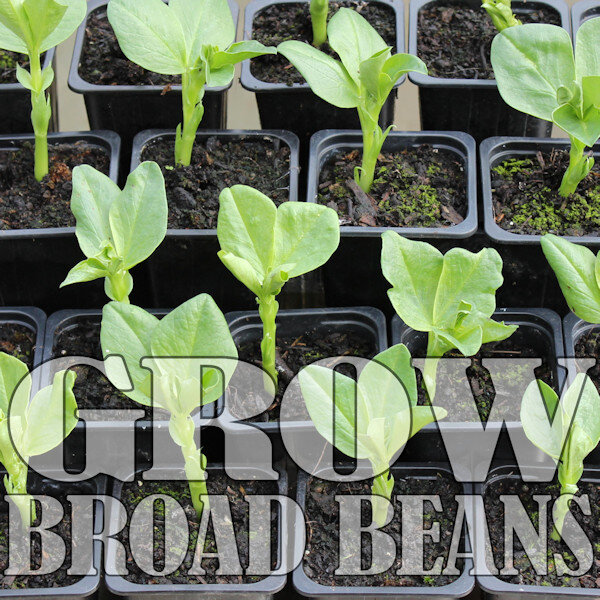
The allotment in July
This month is potentially the driest and warmest month of the year so be prepared to spend time watering the thirsty plants on the allotment in July. Considering mulching around larger plants like squashes to help preserve water too. Some well rotted manure or your own garden compost is ideal for this.
Whilst many of crops will be coming into harvest now there are still some vegetables that can be sown and some planting out to do too.
It goes without saying that the weeds will continue to grow and many will be in a hurry to go to seed to so keep on top of them as much as you are able.
Continue to thin out quick root crops like beetroot, turnips and carrots if they need it. You may be able to use many of the plants you pull. Remember that thinning carrots releases the scent from the foliage which attracts carrot root fly so avoid if possible.
As early sowings begin to mature don’t forget that many vegetables, particularly quick to crop ones, will need to be sown in succession for a continuing crop of young, tender vegetables.
Harvest from the allotment in July
Continue to harvest lettuce, radish and spring onions. Towards the end of the month you should be able to add cucumber and tomatoes to your fresh salads too.
It will probably be the last month for picking broad beans from the legume bed but runner beans, French beans and peas will be coming into their own. Remember to pick regularly to encourage further cropping.
Summer cabbage, kale and cauliflower should be available in the brassica bed. Spinach and chard will be available too.
First early potatoes should be ready early in July. Salad potatoes and second earlies may be ready to harvest by the end of the month depending on when they were planted.
Harvest Potatoes
First early potatoes should be ready to harvest by early July. Second earlies may be ready by the end of the month.
In the root vegetable bed carrots, turnips and beetroot will be ready. Overwintering onions planted in the autumn will be ready this month as will garlic.
The courgette season starts at the allotment in July. For the best tasting, tenderest fruits pick them when they’re about 12cm long. Regular harvesting will encourage more courgettes to form.
The greenhouse in July
Continue to water your plants regularly. The compost should not be allowed dry out completely but don’t overwater. Use a liquid feed in accordance with the manufacturer’s instructions. There is no benefit in feeding in excess of this. It may seem obvious but remember to water even when it’s raining outside. From my own experience I know it can be easier to neglect this task in wet weather.
Remember to open your greenhouse in the morning. This stops temperatures getting too high, permits ventilation and allows pollinators in. In exceptionally hot weather you may need to consider creating some shade. I usually close the greenhouse before sunset to retain some warmth but if daytime temperatures are high and night time temperatures are predicted to remain above 10C it can be left open. The greenhouse will then be a little less likely to overheat the following day.
Stake your plants as they grow. Cordon tomatoes will need their side shoots cut out regularly. This is not necessary for bush varieties.
You can still start seeds off in the greenhouse in July but I find with tomatoes, chillies and aubergines growing rapidly I have no room to spare. If you are able to find a space remember that seed trays, modules and small pots will dry out very quickly and will need a lot of attention.
Sow in the allotment in July
Don’t give up on the successional sowings of root vegetables like beetroot, carrots, turnips and spring onions, radish and salad crops in the allotment in July. There’s still time for these relatively quick growers to come to crop this season.
Late sowings of French beans can extend your cropping season. There’s still time for another batch of peas too.
Sow spring cabbage now for an early harvest next year.
Plant out in the allotment in July
Continue to plant out calabrese, cauliflower, cabbage and kale as their roots fill the pots. Protect with netting to keep them safe from pigeons and butterflies.
Plant out Runner beans, French beans as they become established.
Plant out leeks in the allotment in July if you didn’t do so last month.




